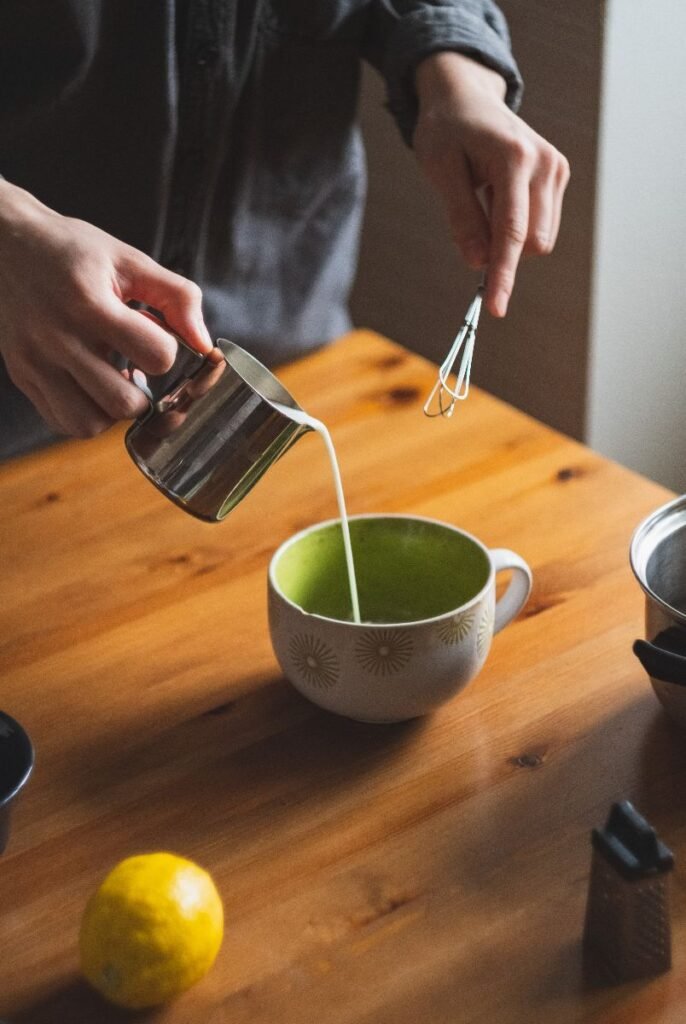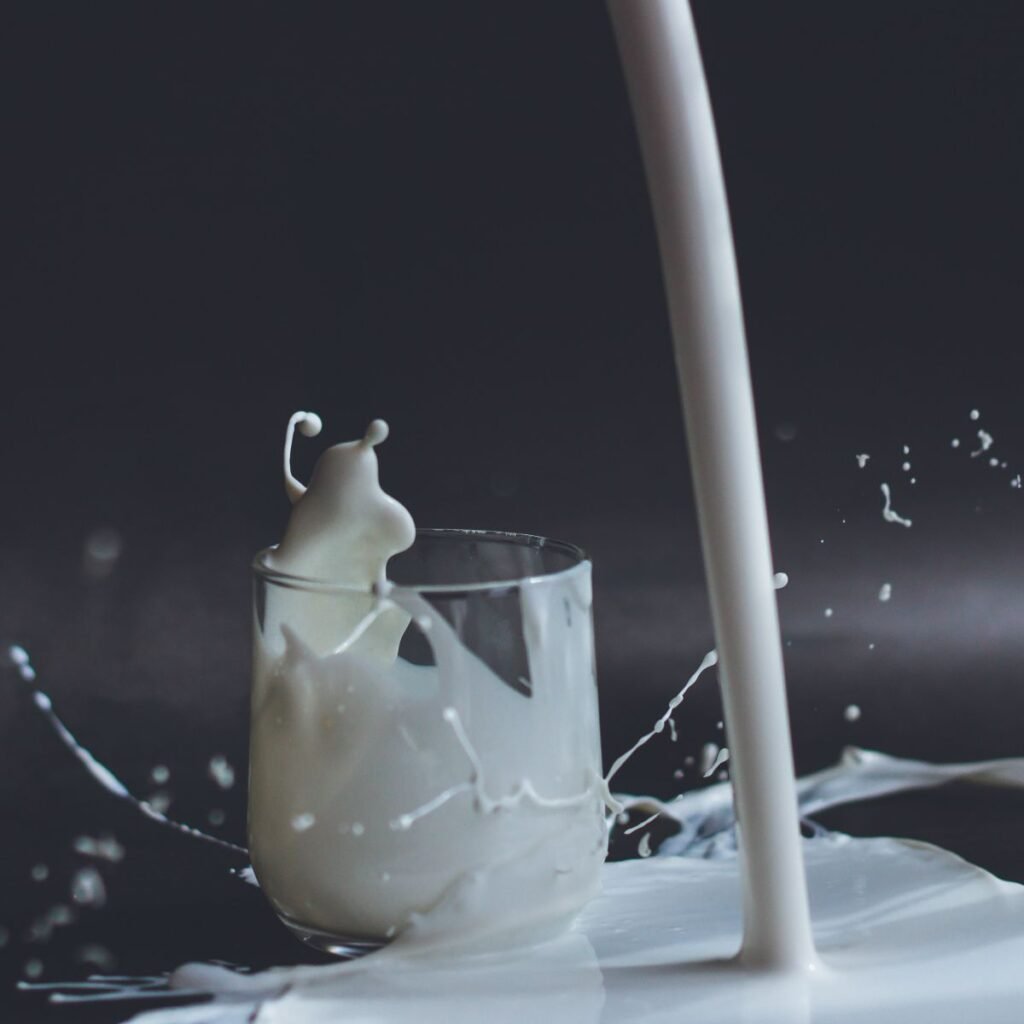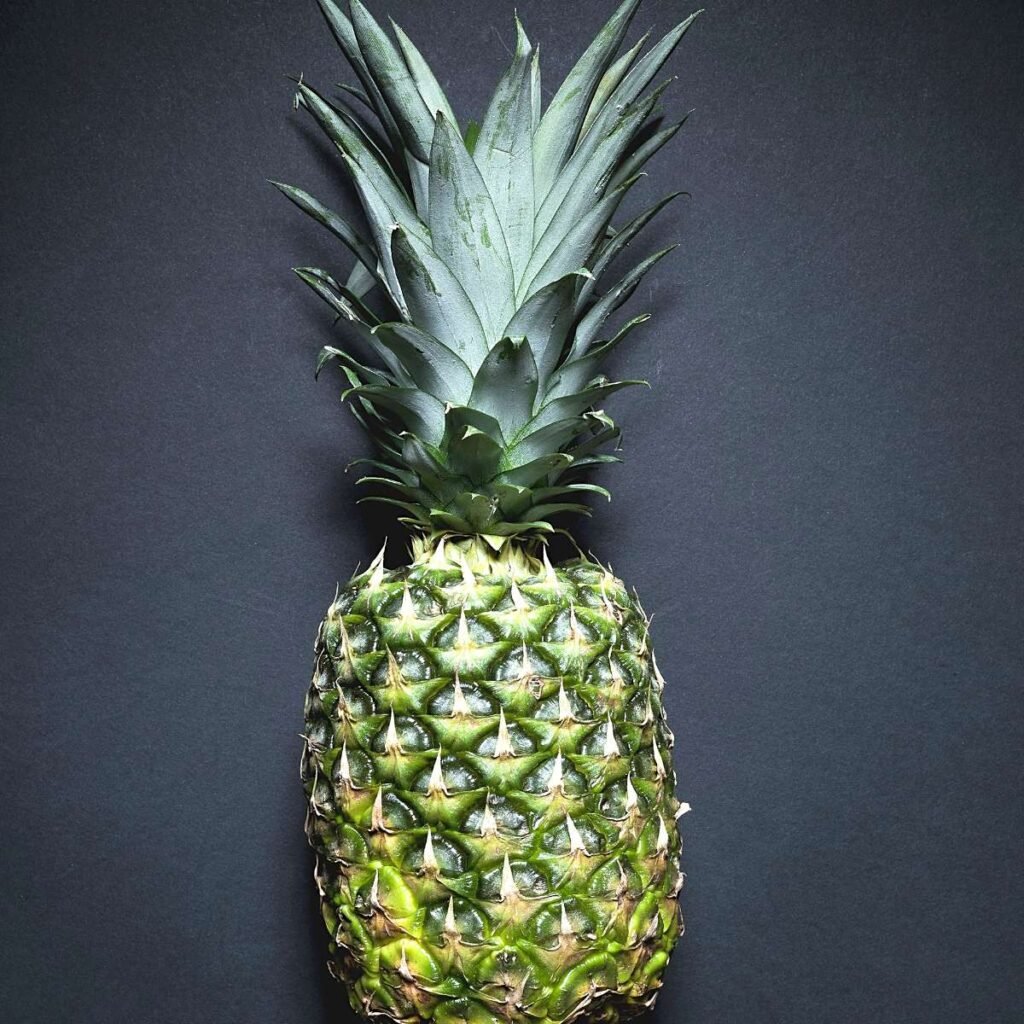If you’ve ever found yourself standing in the dairy aisle, contemplating whether to add buttermilk to your cart, you might have wondered, “Is buttermilk fat?”
It’s a common misconception that the word “buttermilk” implies a high-fat content.
However, today we’re here to uncover the truth behind this creamy delight and shed light on its nutritional profile.
So, let’s embark on a journey of discovery and put the question to rest: Is buttermilk actually a fatty indulgence, or does it have a few surprises up its sleeve?
Get ready to be pleasantly surprised as we delve into the world of buttermilk and its impact on our health and taste buds.
What is Buttermilk?

Buttermilk is a versatile, fermented dairy product that’s been used for centuries in various culinary applications.
It’s tangy, mildly sour, and adds a unique depth of flavour to your dishes. In this section, you’ll learn about the two main types of buttermilk: traditional buttermilk and cultured buttermilk.
Traditional Buttermilk
Traditional buttermilk is the liquid that’s left behind after churning butter from cream.
This type of buttermilk contains small amounts of butterfat, making it slightly creamy in texture.
It’s not as thick as cultured buttermilk, and it has a slightly more subtle flavour.
You might find traditional buttermilk to be an essential ingredient in some old-fashioned recipes, like biscuits or pancakes.
Cultured Buttermilk
Cultured buttermilk, on the other hand, is a modern adaptation created by adding beneficial bacteria to milk.
This process ferments the milk, giving it a thicker consistency and a tangy flavour.
Cultured buttermilk has a similar taste and acidity to traditional buttermilk, but it’s more common in today’s grocery stores.
While traditional buttermilk is already quite low in fat, you’ll find that cultured buttermilk is even lower; it’s made with low-fat milk and has about as much fat as low-fat milk.
The fermentation process also makes cultured buttermilk rich in probiotics, which can be good for your gut health.
So, whether you’re using traditional or cultured buttermilk, know that you’re adding a unique, tangy flavor to your dishes without adding a significant amount of fat.
Nutritional Facts
Calories and Macronutrients
Buttermilk is a low-fat, nutritious option for those who want to incorporate a fermented dairy product into their diet.
In a 1 cup serving of 1% fat buttermilk, you will find 98 calories with only 2.16 grams of total fat.
Don’t be too concerned about that total fat content. Only 1.34 grams is saturated fat.
You’ll also consume 11.74 grams of carbohydrates and 0 grams of fibre.
But the real highlight here is buttermilk’s protein content. In just one cup, you can get a healthy 8 to 9 grams of protein.
Additionally, the sugar content isn’t too high, with only 11.74 grams per serving.
Vitamins and Minerals
Buttermilk is full of essential vitamins and minerals that’ll provide numerous health benefits for you.
It’s particularly rich in calcium, which supports strong bones and teeth. One cup contains around 284 mg of calcium.
As for vitamins, buttermilk contains a good amount of vitamin A, which takes care of your skin and vision, and vitamin D, which promotes calcium absorption.
It’s also a great source of B vitamins, such as riboflavin (vitamin B2) and vitamin B12, that’ll keep your energy levels up and support your nervous system.
Buttermilk also contains substantial amounts of potassium, phosphorus, and sodium.
While potassium helps regulate your blood pressure and prevents muscle cramps, phosphorus aids in strong bones and teeth, and sodium maintains fluid balance in your body.
So, next time you’re looking for a nutritious dairy option, don’t hesitate to choose buttermilk!
Culinary Uses
Baked Goods
Buttermilk shines in the realm of baked goods. Its acidity reacts with baking soda to create a gentle rise in pancakes, cakes, and quick breads.
Try using it in your favourite pancake or waffle recipe for a light, fluffy texture.
It also works wonders in biscuits and muffins, adding a subtle tanginess that elevates the flavour of your treats.
Soups and Salad Dressings
You can also incorporate buttermilk to create creamy, tangy soups and salad dressings. Its low-fat content adds richness without weighing down your dish.
Instead of using heavy cream or mayonnaise, try whisking buttermilk with some vinegar or lemon juice to create a delightful salad dressing.
It can also be used as a base for soups. It will providing a smooth, velvety texture that pairs well with vegetables and herbs.
Marinades
Buttermilk’s slightly acidic nature makes it an excellent choice for marinades.
The acidity helps tenderize meats and adds flavour to your dishes. Buttermilk is especially popular for marinating chicken, as seen in classic fried chicken recipes.
Just be sure to not marinate too long. Otherwise, the acidity can eventually break down meat proteins and cause the texture to become mushy.
Remember, with buttermilk, you can enhance your cooking game by adding a touch of tanginess and tenderness to various dishes.
So go ahead and experiment with buttermilk in your kitchen to elevate your culinary creations!
Buttermilk’s Taste and Texture
Comparing to Yogurt and Cream
When thinking about buttermilk, you might be curious about how it compares to yogurt and cream.
As both a fermented dairy product and a popular baking ingredient, it’s easy to notice a few similarities between these three.
However, buttermilk has its own unique taste and texture.
Buttermilk’s texture is thick and creamy, but not quite as rich as heavy cream or as smooth as yogurt.
The thickness of buttermilk falls somewhere in between yogurt and cream, giving it a noticeably smooth yet pourable consistency.
Whole buttermilk has more fat, while low-fat buttermilk features less fat.
Acidity and Flavor
In terms of taste, you can expect buttermilk to have a tangy flavour. Which is the result of the lactic acid produced during the fermentation process.
This sour taste sets it apart from regular milk. And it’s actually closer to the tanginess of yogurt, although not as tart.
The tangy flavour is also accompanied by a hint of butteriness, giving it a distinctive and unique character.
The acidity of buttermilk plays a crucial role in its nutritional benefits and uses in cooking.
The tangy taste can enhance the flavour of other ingredients. While the acidity helps to tenderize proteins and activate leavening agents in baked goods.
So, when you need that extra sour punch or a tenderizing ingredient in your recipes, buttermilk is the way to go.
Remember, while buttermilk may share some similarities with yogurt and cream, it’s the sour and tangy taste that sets it apart.
Substitutes and Variations
Creating Homemade Buttermilk
Don’t worry if you can’t find buttermilk at your local store or you’re trying to cut down on fat. It’s easy to create a low-fat homemade buttermilk substitute!
Using a combination of milk and an acidic ingredient, such as vinegar or lemon juice, you can create a nearly the same buttermilk.
To make one cup of low-fat buttermilk substitute, simply mix one tablespoon of white vinegar or lemon juice with one cup of low-fat milk.
Let it sit for about 10 minutes. You’ll notice it starts to thicken and curdle slightly – very similar to the real thing!
You now have a low-fat alternative for your recipes that call for buttermilk as a leavening agent.
Other Dairy Alternatives
If you’re looking for other options, there are several dairy alternatives to buttermilk that can still give you the desired consistency and acidity while keeping the fat content low.
One option is yogurt. Simply thin it out with water or low-fat milk to achieve the consistency you need for your recipe.
Another option is to use a combination of milk and cream of tartar or baking soda. This can help mimic the acidity and leavening properties of buttermilk.
For this substitute, mix 1 cup of low-fat milk with 1 and 3/4 teaspoons of cream of tartar or 1/2 teaspoon of baking soda.
These alternatives work well in recipes that call for buttermilk as a key component, such as pancakes, biscuits, or other baked goods.
As you try different substitutes and variations, you may find that some work better than others for specific recipes.
Just remember to keep experimenting and have fun in the kitchen! With a little creativity, you can create delicious low-fat dishes without sacrificing taste or texture.
Shelf Life and Storage
When it comes to buttermilk, you might be curious about its shelf life and storage recommendations.
You’ll be happy to know that buttermilk can be kept in the refrigerator for about two weeks. To extend its life even further, you can freeze buttermilk for up to three months.
Now, let’s talk about some of the benefits of buttermilk. This fermented milk is known for its acidic nature, which can actually be advantageous for your digestive system.
Moreover, it’s a great source of energy and promotes the absorption of calcium and phosphorus in your bones.
For those who are lactose intolerant, buttermilk might be a viable alternative because it contains less lactose than regular milk. How great is that?
It’s worth mentioning that buttermilk’s texture differs from regular milk due to the fermentation process.
This unique texture contributes to the thickness and richness that makes buttermilk a popular ingredient in baking and cooking.
Regarding its nutritional profile, buttermilk is low in fat content. However, it has a small amount of carbs, which is something worth considering if you’re tracking your carbohydrate intake.
Simply keep these factors in mind when you incorporate buttermilk into your diet.
So, to maximize the benefits of buttermilk and ensure optimal freshness, make sure you pay attention to its shelf life and storage guidelines.
Store it in the fridge, and if you can’t finish it within two weeks, just freeze it for a later date.
That way, you’ll always have fresh buttermilk available when you need it.



